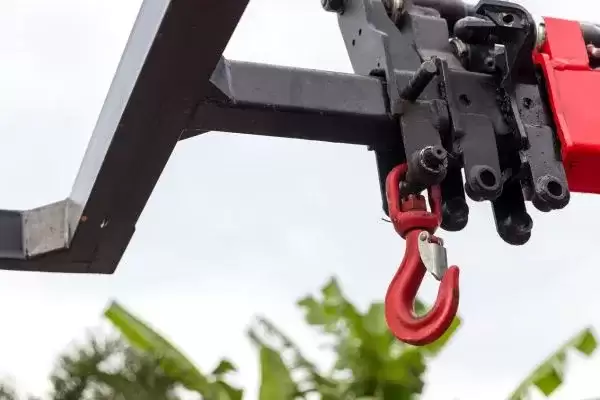100 %

Sep 29,2023
Polyester slings have become popular in various industries due to their exceptional durability and cost-effectiveness. However, the question arises: can polyester slings stand up to the rigors of harsh environments? In this article, we will delve into the unique properties of polyester slings and explore their suitability in extreme conditions. Understanding the capabilities and limitations of polyester slings is crucial for ensuring the safety and efficiency of lifting operations in challenging settings.
Polyester slings are synthetic lifting devices made from high-strength polyester fibers. These slings offer several advantages, making them a preferred choice for many applications. One of the key benefits of polyester slings is their remarkable durability. They are designed to withstand heavy loads and resist wear and tear, making them an excellent investment for long-term use.
Moreover, polyester slings exhibit a high degree of chemical resistance. This property is particularly important in environments where exposure to corrosive substances is a concern. Unlike some other materials, polyester slings are less prone to degradation when in contact with chemicals, ensuring their integrity over time.
Additionally, polyester slings are cost-effective compared to alternatives like steel or chain slings. This makes them an attractive option for businesses balancing performance with budget considerations. Despite their affordability, they do not compromise on safety or reliability, making them a versatile choice across industries.
Harsh environments encompass a range of challenging conditions that can put significant stress on lifting equipment. These conditions include extreme temperatures, exposure to corrosive chemicals, outdoor applications subject to weathering, contact with salt water, and abrasive environments. Understanding these environments is crucial in determining whether polyester slings suit the task.
Polyester slings are woven from high-quality synthetic fibers to create a strong, flexible material. This composition contributes to their suitability in harsh environments. The synthetic fibers are engineered to withstand various conditions, ensuring the sling maintains its structural integrity even when subjected to extreme stress.
To ensure the safety and reliability of lifting operations, using polyester slings that meet industry standards and certifications is essential. Organizations such as OSHA (Occupational Safety and Health Administration) and ASME (American Society of Mechanical Engineers) have established guidelines for the design, manufacture, and use of slings. Adhering to these standards ensures that polyester slings are manufactured to withstand the demands of harsh environments.
Proper maintenance and care are essential to prolong the lifespan of polyester slings and ensure their continued performance. This includes storing them in a clean, dry environment and inspecting them regularly for signs of wear, damage, or contamination. Cleaning with mild detergents and avoiding exposure to harsh chemicals can help preserve the integrity of the sling material.
While polyester slings offer numerous advantages, there are instances where alternative materials may be more suitable for extreme conditions. For example, specialized slings made from aramid fibers or chains may be recommended in environments with extremely high temperatures or highly corrosive chemicals.
Polyester slings are a reliable and cost-effective choice for various lifting applications. Understanding their properties and limitations is crucial for making informed decisions when selecting slings in harsh environments. By adhering to industry standards, conducting regular inspections, and considering alternative materials when necessary, businesses can ensure the safety and effectiveness of their lifting operations. Choosing the right sling for the job is an investment in safety and productivity.